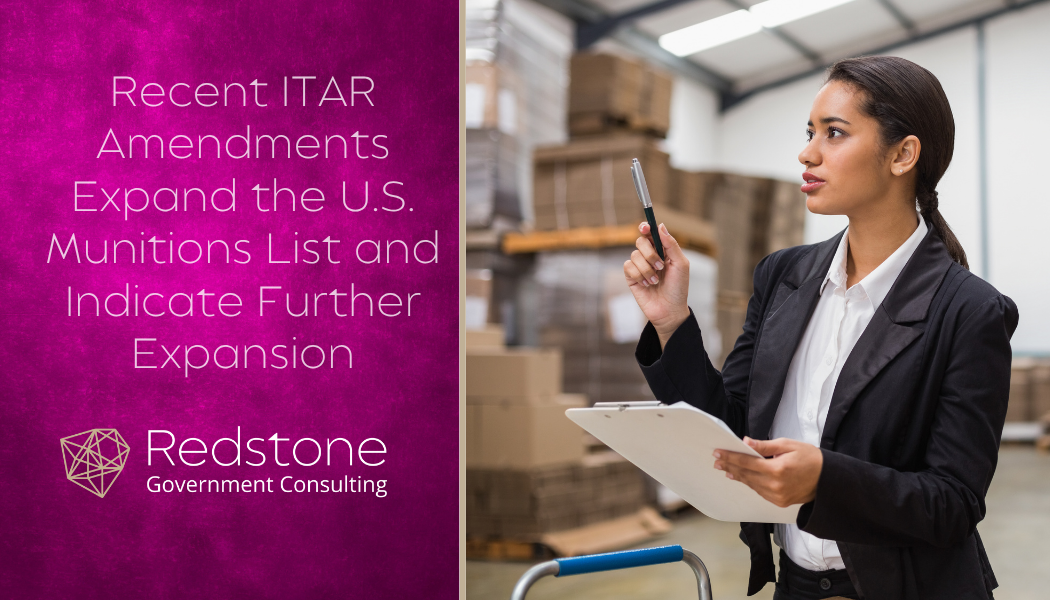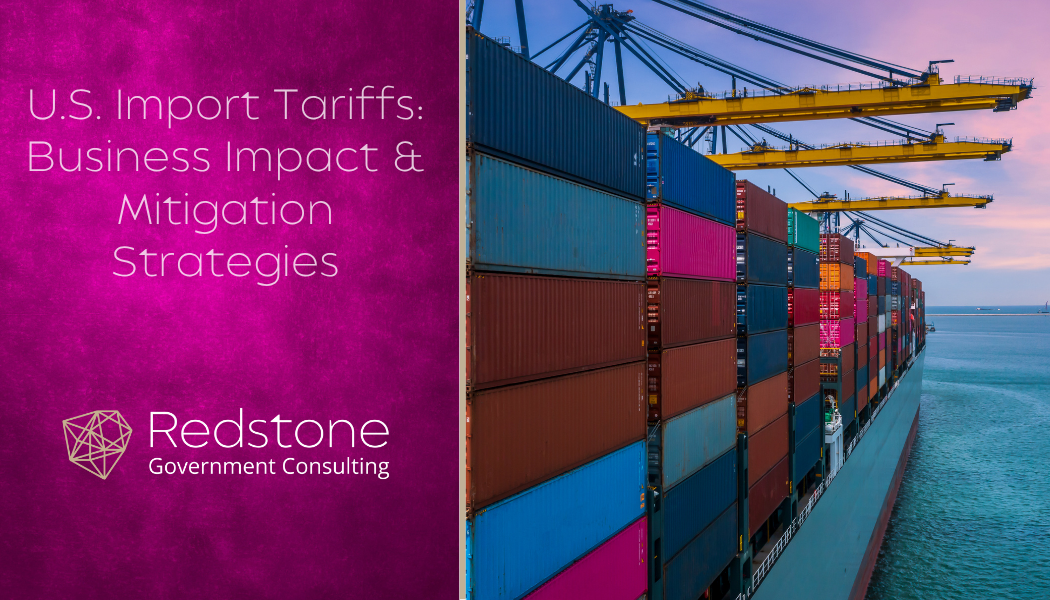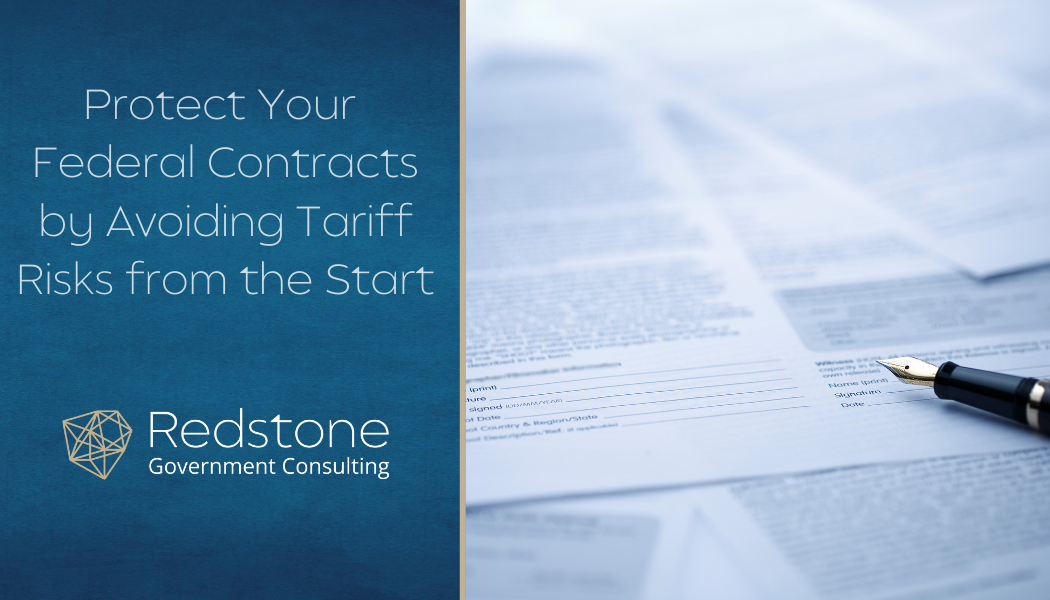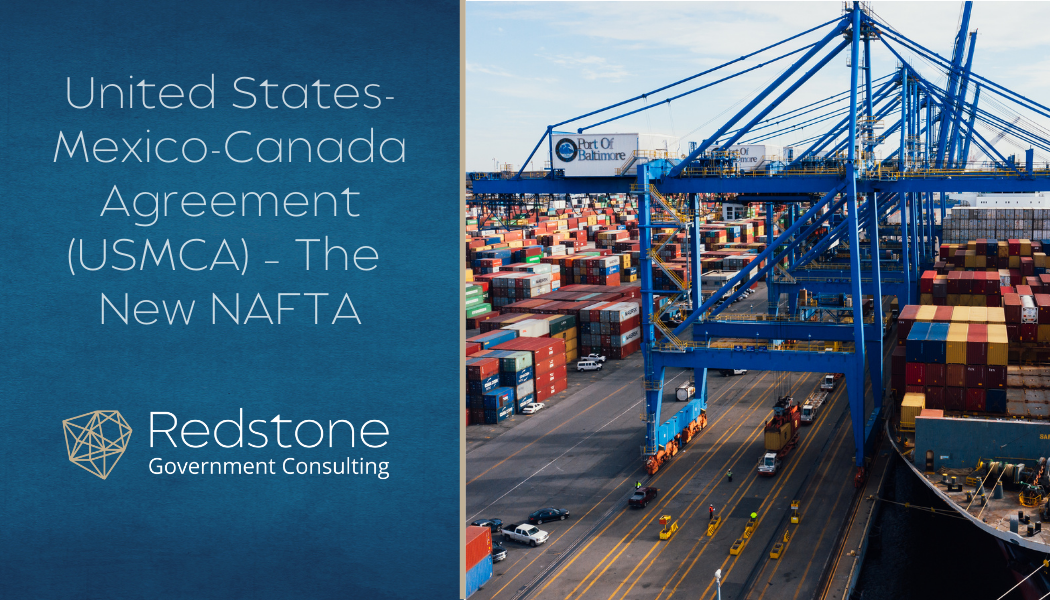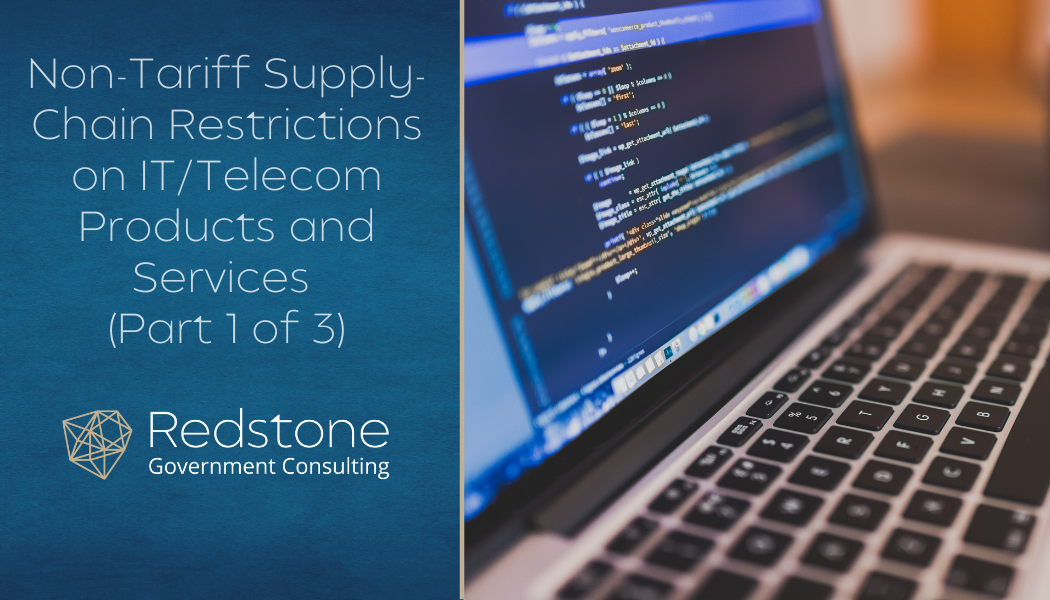The U.S. Department of State’s Directorate of Defense Trade Controls (DDTC) has finalized a significant set of amendments to the International Traffic in Arms Regulations (ITAR), effective September 15, 2025, which expand the U.S. Munitions List (USML) and introduce new definitions and a licensing exemption. These changes mark the first time in years that DDTC has expanded the USML’s coverage more than it has reduced it. The final rule amends 15 of the 21 USML categories, representing a substantial increase in the number of controlled items.
Topics: Contracts & Subcontracts Administration, Contractor Purchasing System Review (CPSR), Government Regulations, Export & Import, Material Management & Accounting System (MMAS), Manufacturing Operations Consulting
History of Tariffs
While import tariffs may seem unfamiliar due to historically low rates in recent decades, they have long played a significant role in U.S. economic policy-serving purposes such as revenue generation, industry support, and protectionism. Historically, high tariffs have often coincided with periods of economic and political instability, whereas lower tariffs have typically supported international engagement and economic growth. Since World War II and the creation of GATT and the WTO, the U.S. has generally maintained lower average tariff rates.
Topics: Contracts & Subcontracts Administration, Government Regulations, Export & Import, Material Management & Accounting System (MMAS), Manufacturing Operations Consulting
President Trump issued several executive orders addressing tariffs. American First Trade Policy dated January 20, 2025 and Modifying Reciprocal Tariff Rates to Reflect Trading Partner Retaliation and Alignment dated April 9, 2025. In addition, he has also issued a 90-day pause to some countries and is planning to reduce tariffs on certain industries such as US auto tariffs (see Amendments to Adjusting Imports of Automobiles and Automobile Parts into the United States dated April 29, 2025). It is clear that tariffs are impacting the supply chain and government contractors.
Topics: Compliant Accounting Infrastructure, Proposal Cost Volume Development & Pricing, Contracts & Subcontracts Administration, DFARS Business Systems, Contractor Purchasing System Review (CPSR), Government Regulations, Export & Import, Federal Acquisition Regulation (FAR), Manufacturing Operations Consulting
Well one of the endless numbers of administratively burdensome requirements the Federal Government places on your contracts may just be the silver bullet you need. Review your contracts and look for FAR 52.225-8, Duty-Free Entry, and DFARS 252.225-7013, Duty-Free Entry.
Topics: Proposal Cost Volume Development & Pricing, Contracts & Subcontracts Administration, DFARS Business Systems, Contractor Purchasing System Review (CPSR), Government Regulations, Export & Import, Federal Acquisition Regulation (FAR)
Are you Ready for the July 1st Implementation Date?
The new United States-Mexico-Canada Agreement (USMCA) goes into effect on July 1, 2020. Are you ready?
Topics: Export & Import
Do you import and export? Does your company use imported components in your manufactured goods? Has your company been affected by the Section 301 Tariffs on Chinese imports?
Topics: Export & Import
The International Chamber of Commerce (ICC) has published the new Incoterms 2020, rules that define the responsibilities of buyers and sellers for the delivery of tangible goods in international trade. The terms also identify when the risk/responsibility for those goods transfer from the seller to the buyer. The new terms took effect on January 1, 2020, and can replace the last version, which is Incoterms 2010.
Topics: Contracts & Subcontracts Administration, Export & Import
Future Supply-Chain Rules to Be Implemented Under Executive Order 13873, and Under Sections 889(a)(1)(B) and 889(b) of the 2019 NDAA
There have been several recent developments in U.S. law, relating to non-tariff restrictions on foreign-origin information technology and telecommunications equipment, with a focus on Chinese-origin products. This is the third installment of a three-part series on this topic.
Topics: DFARS Business Systems, Government Regulations, Export & Import
Supply-Chain Rules from Section 889(a)(1)(A) of the NDAA for 2019 (Implemented by FAR Subpart 4.21)
There have been several recent developments in U.S. law, relating to non-tariff restrictions on foreign-origin information technology and telecommunications equipment, with a focus on Chinese-origin products. This is the second installment of a three-part series on this topic.
Topics: DFARS Business Systems, Government Regulations, Export & Import
Supply-Chain Rules Under DFARS Subpart 239.73
In the ongoing trade war between the U.S. and China, the U.S. Government’s Section 301 tariffs on Chinese-origin goods has received most of the attention, and rightfully so. Effective September 1, 2019, these tariffs generally impact all Chinese-origin goods imported into the United States, including all information technology and telecommunications equipment (“Equipment”). However, there have also been several recent developments in U.S. law, relating to non-tariff restrictions on foreign-origin Equipment, with specific focus on Chinese-origin products.
Topics: DFARS Business Systems, Government Regulations, Export & Import

